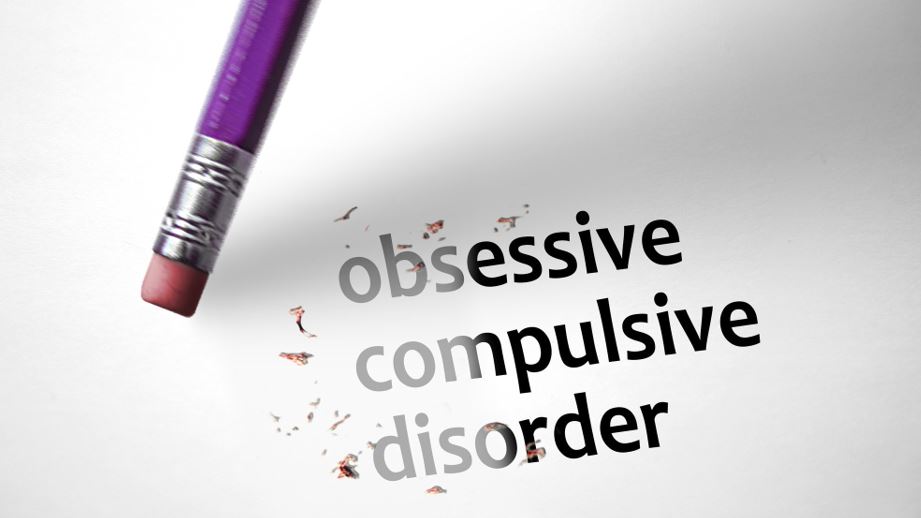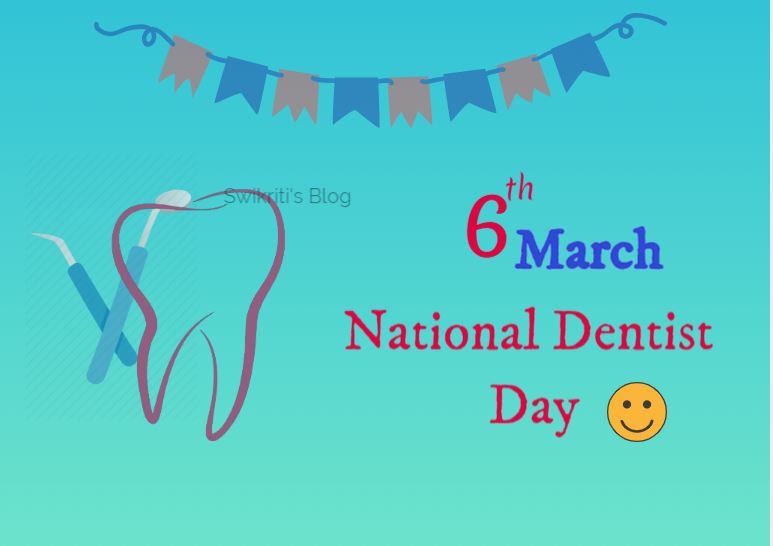
Approximately 1% of the world’s population has OCD. For those who live with OCD, their symptoms can be debilitating and disruptive to their lifestyle.
They can find it more and more difficult to function in day-to-day life.
A big part of OCD is learning to understand the cycles of obsessions and compulsions so that you can take steps to regain control of your life.
Not sure where to start learning about the OCD cycle and its symptoms? Stay tuned to find out everything you need to know.
What is an OCD?
Obsessive-compulsive disorder is a mental illness. It’s characterized by recurring obsessions and compulsions that affect daily life. Obsessions are intrusive, unwanted thoughts, images, or urges that cause anxiety.
Many people with this disorder do things that seem irrational and senseless, but they can’t help it. The cause of obsessive-compulsive disorder is unclear. Research shows that environmental, genetic, and behavioral factors may play a role.
Stages of the OCD Cycle
Obsessive Compulsive Disorder (OCD involves a cycle of negative thoughts and behavior. This cycle can be broken down into four stages: obsessive thoughts, anxiety, compulsive behavior, and relief or guilt.
In the obsessive stage, a person has scary and disturbing thoughts that bother them. In the anxiety stage, these thoughts start to increase in intensity, but the person doesn’t understand why they’re having them.
During the compulsive behavior stage, people perform rituals like counting and washing. This is to ease their distressing thoughts.
In the relief stage, the person experiences either relief or guilt. They think they have successfully avoided the feared outcome by completing the ritual.
OCD is a complex disorder. Understanding the different stages can help with identifying problematic cycles. To learn more, check out this article about whether is OCD a disability.
OCD Treatments
The most common forms of OCD treatment involve counseling, cognitive therapy, and medication. Cognitive therapy is based on the idea that thoughts and behaviors can be changed. This helps people recognize and modify negative thinking and irrational beliefs.
Doctors often prescribe medicine to help with anxiety and depression caused by OCD. Medication options include both anti-anxiety medications and antidepressants.
Exposure and response prevention (ERP) is another common treatment. This helps people by exposing them to triggering situations and teaching alternative behaviors.
Many people also find relief by making lifestyle changes, like exercising regularly and eating well. Some also engage in relaxation exercises such as yoga or meditation.
Understanding the OCD Cycle
The OCD cycle can be exhausting, affecting both the physical and psychological well-being of those suffering from it. With proper knowledge and treatment, those affected can go on to make meaningful progress in identifying and reducing their obsessions and compulsions. Take the time to learn more about OCD and how to manage it, and you, too, can break free from the cycle!
If you enjoyed this article, then check out our other informative blogs.













